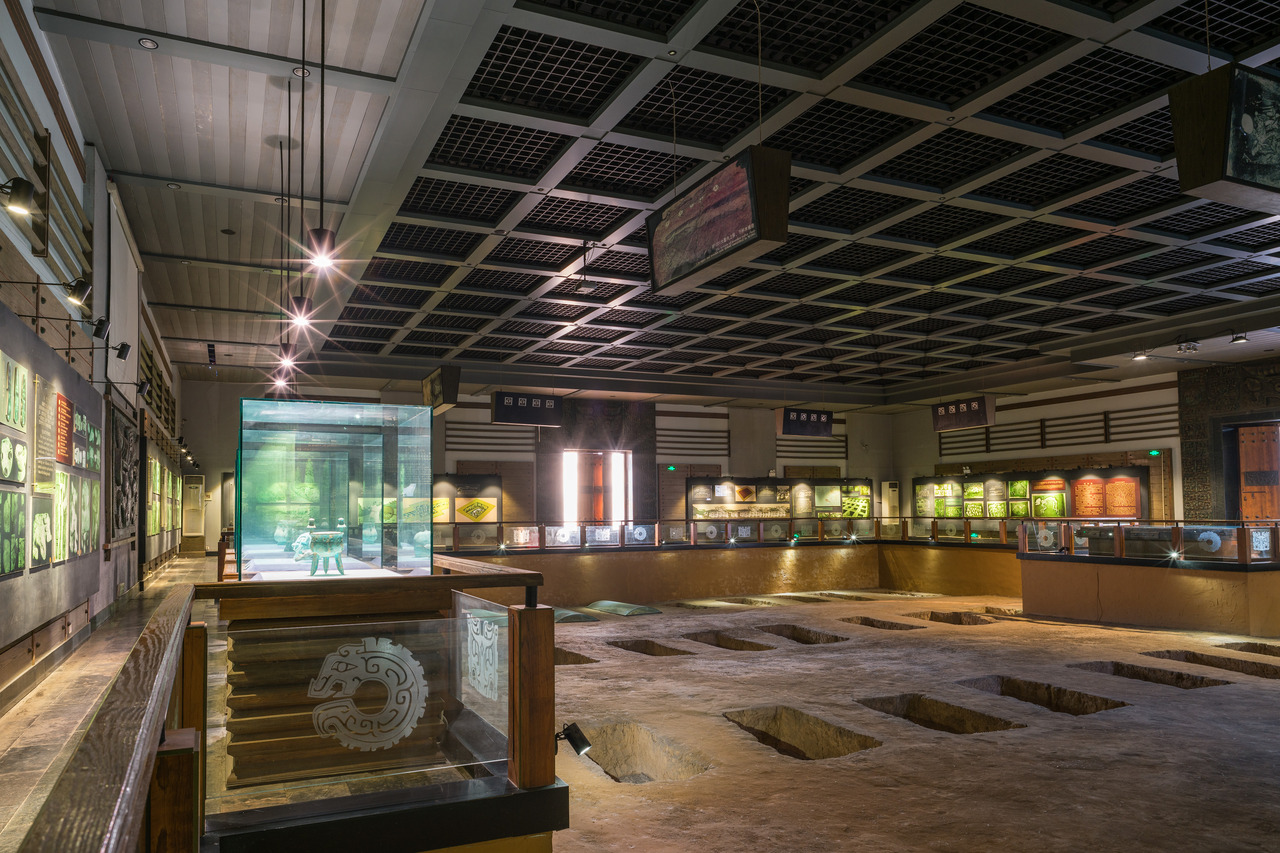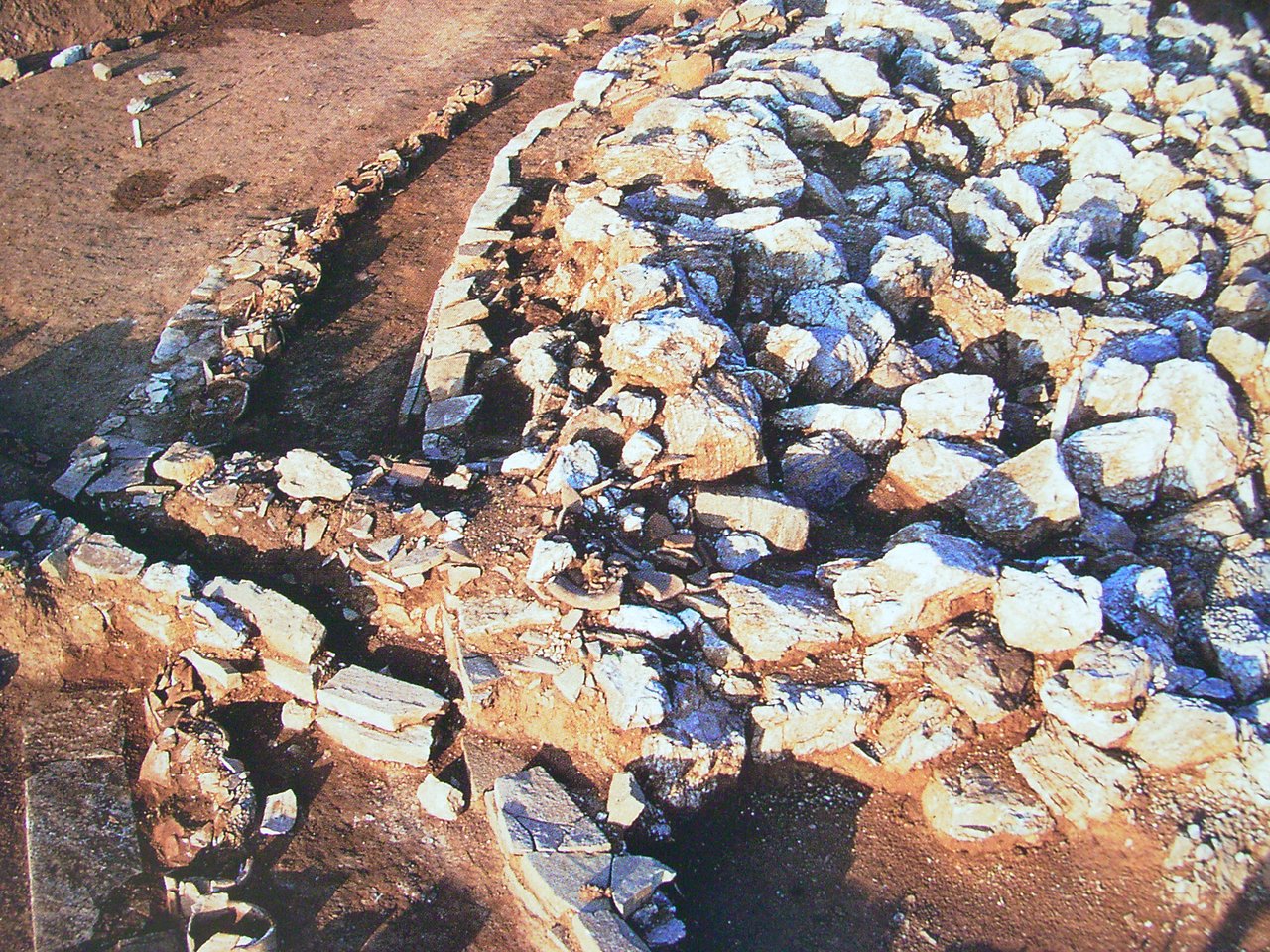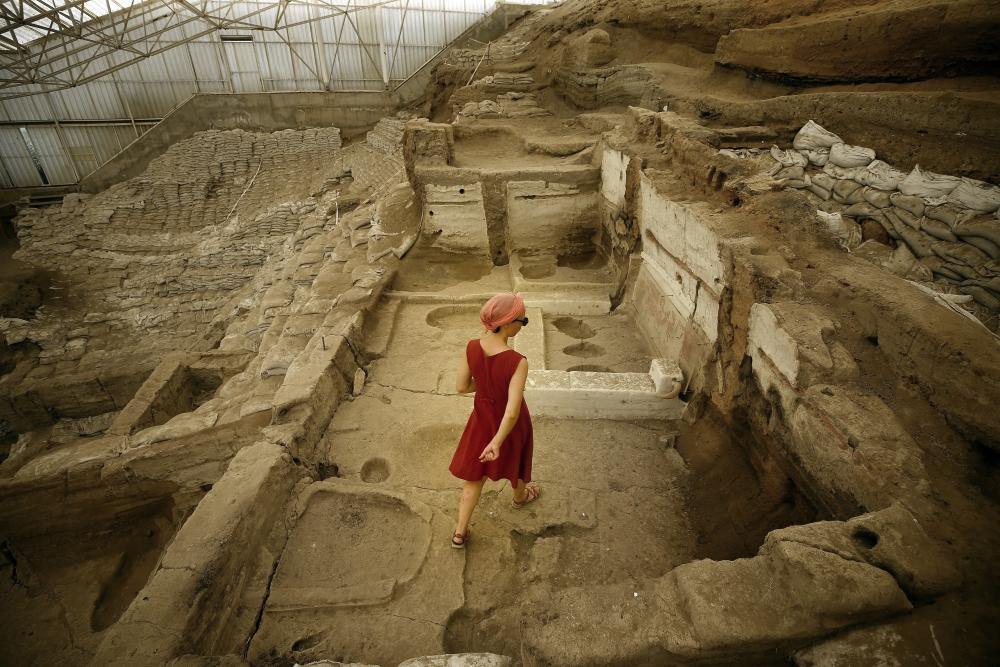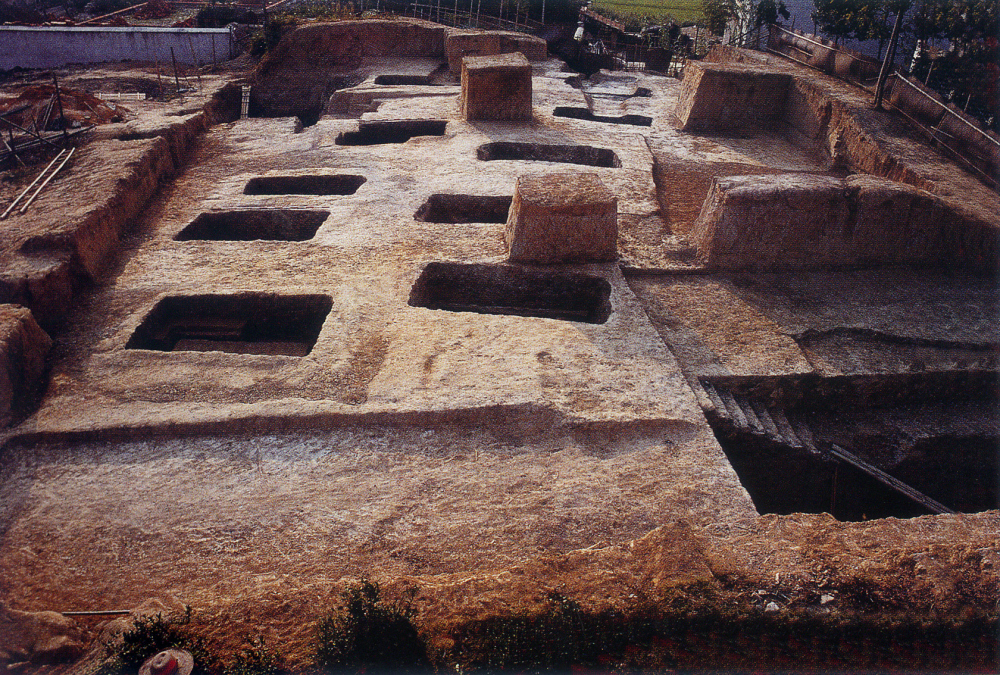
(Liangzhu Archaeological Site Park/VCG)
Ⅰ. Comparison with Cultural Heritages of the Same Kind in China
1. Comparison with Yin Xu
Yin Xu, a Chinese World Heritage site of 1300B.C.-1046B.C., is known for its Chinese inscriptions and large architectural sites and is a representative of the shaping stage of Chinese civilization; Liangzhu Ancient City boasting large site of city and jade wares is a representative of the initial stage of Chinese civilization. The two respectively represent essential and connecting stages of Chinese civilization.

(The Royal Tombs Area of Yinxu/VCG)
2. Comparison with Hongshan Culture Site
Liangzhu Archaeological Site locating in the plain of river network in the lower reach of the Yangtze River represents the peak of rice agriculture of south China in the late Neolithic Age, while Hongshan Culture Site in the hilly areas of Laoha River basin represents the summit of agriculture with hunting and livestock in north China in the initial stage of Chinese civilization. Respectively falling into Liangzhu Culture and Hongshan Culture, they both highlight jade culture and exhibit obvious differences in the form of settlement and religion.

(Hongshan culture site/VCG)
3. Comparison with prehistoric city sites
Liangzhu Ancient City is the first Neolithic city site found in the lower reaches of the Yangtze River. Compared with other sites of Neolithic cities earlier than 2000 B.C. in China, particularly those in the Yellow River and Yangtze River basins, it features rice agriculture elements in terms of location, size, layout, construction technique, form and types of remains, implying the roles of different agricultural civilizations and geographic environment in the development of human settlements.

(Neolithic Site of Çatalhöyük/VCG)
Comparison with prehistoric jade wares excavated from other ancient cultural sites: jade wares unearthed from Liangzhu Archaeological Site, compared with all the other excavated prehistoric jade wares and with ancient jade wares found in other parts of the world, are incomparable in terms of quantity, shape, workmanship, pattern and design, function, the rules of using, cultural influence and spiritual meaning.
Ⅱ. Comparison with Cultural Heritage of the Same Kind in the World
Compared with the eight Neolithic settlement sites inscribed on the World Heritage List, Liangzhu Archaeological Site is of outstanding significance in terms of the representativeness of rice agricultural civilization, size of prehistoric settlement, and the cultural and spiritual meanings of unearthed utensils represented by jade wares.


(Liangzhu Archaeological Site/VCG)
To sum up, Liangzhu Archaeological Site is a peerless site with abundant and complete underground remains and rich information about the initial stage of human civilization which are rarely seen in other sites of the same period or in sites of the same kind.
(Executive Editor: Yongliu He)